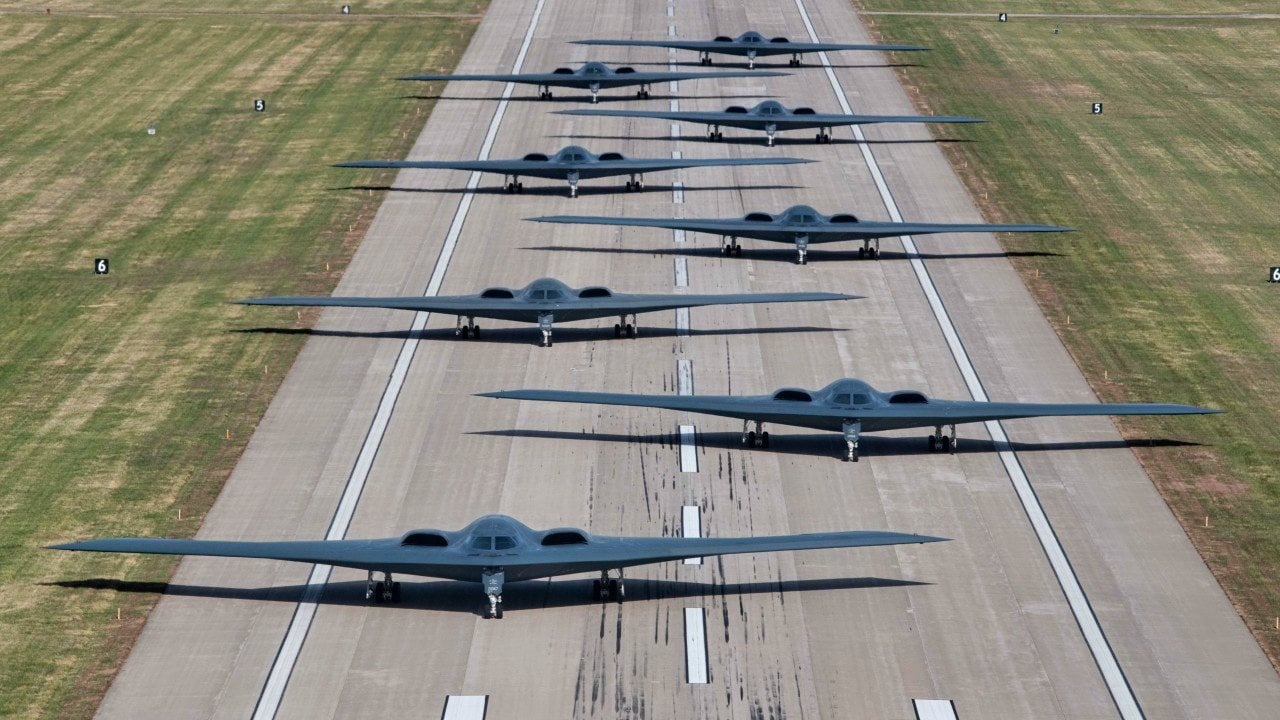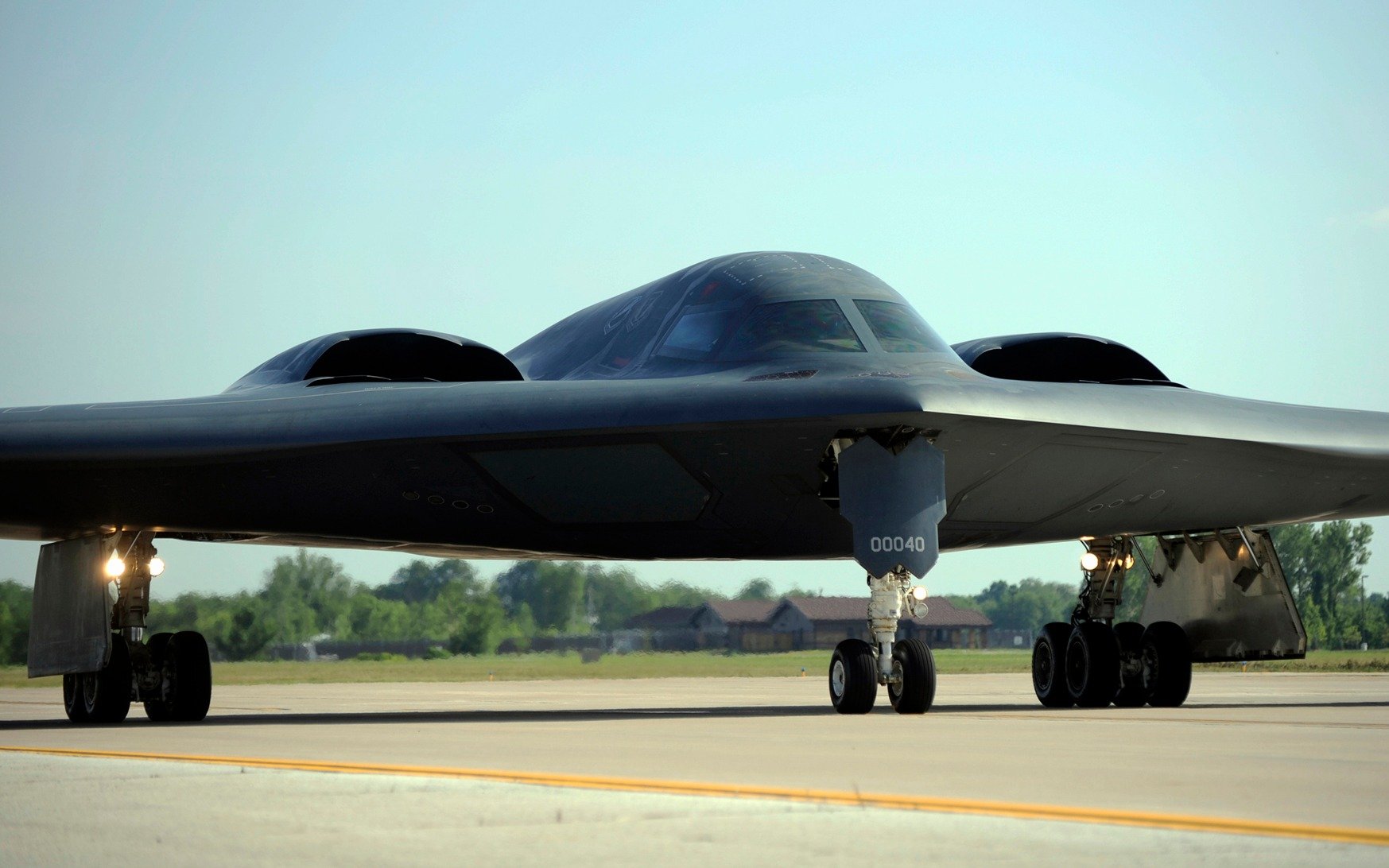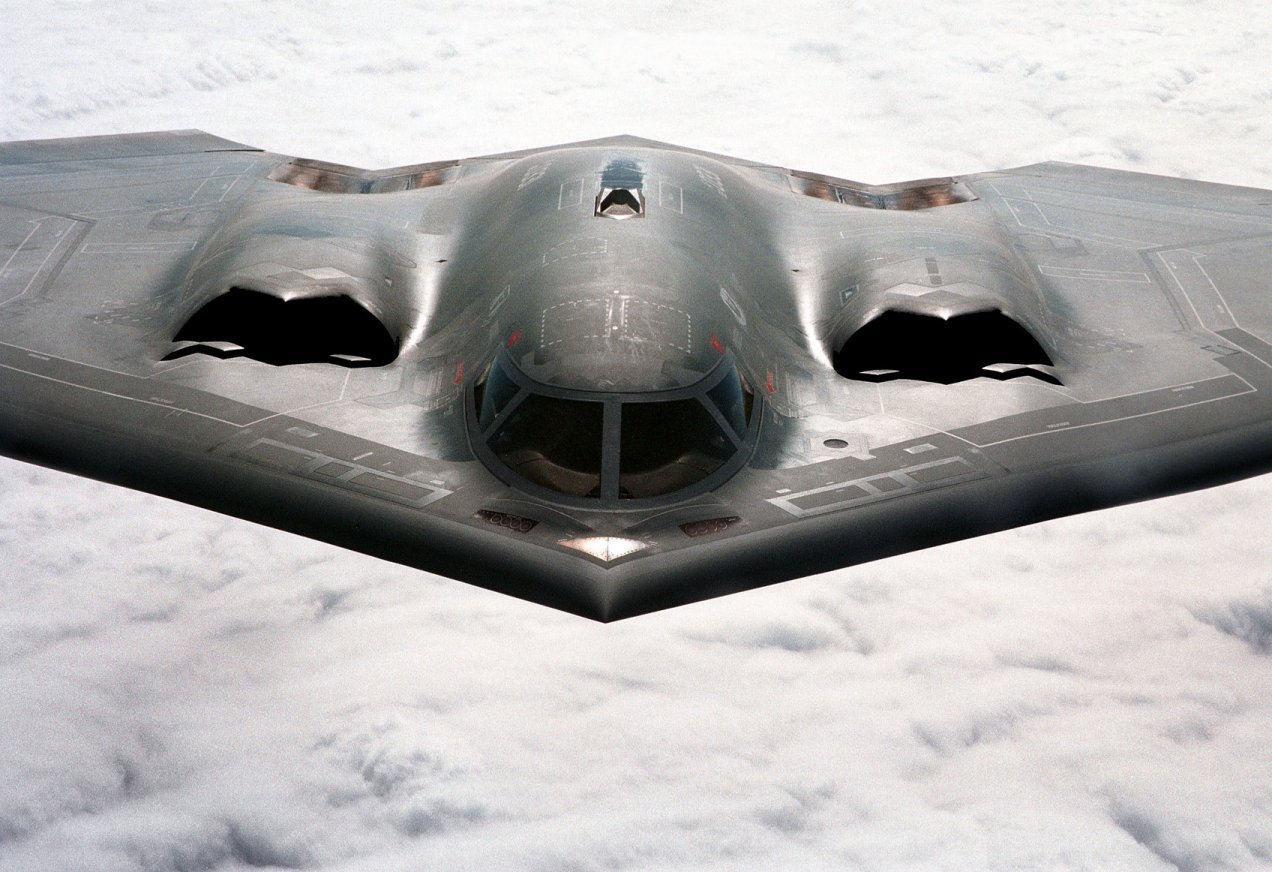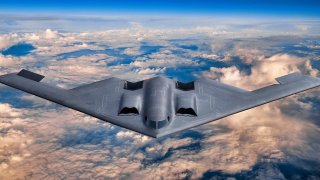Why the U.S. Air Force Now Only Has 19 B-2 Spirit Bombers
The U.S. Air Force's B-2 fleet, already its smallest, will shrink to 19 as the USAF opts not to repair a B-2 involved in a December 2022 mishap, citing high costs and complexities.
Summary: The U.S. Air Force's B-2 fleet, already its smallest, will shrink to 19 as the USAF opts not to repair a B-2 involved in a December 2022 mishap, citing high costs and complexities.

-The decision aligns with the transition to the new B-21 Raider stealth bombers.
-The mishap B-2, which made an emergency landing and caught fire at Whiteman Air Force Base, is considered too costly to repair. This marks a significant move towards the B-21, expected to replace the B-2 fleet by 2030, highlighting the Air Force's commitment to modernizing its stealth bomber capabilities.
B-2 Bomber Emergency Landing Leads to Costly Divestment Decision
The B-2 fleet, already the smallest in the U.S. Air Force (USAF), will shrink to just nineteen airframes after the USAF has decided not to repair the B-2 involved in a mishap on December 10, 2022. Instead of repairing the B-2, the USAF has decided to divest the aircraft because of the “costs and complexities” involved in repairs.
“The news of striking one of the precious B-2s from its fleet comes as the Air Force continues to move toward fielding its new B-21 Raider stealth bombers as replacements for its existing B-2s,” The War Zone reported.
What happened to the B-2?
The news comes from a Pentagon report, which stated that “the B-2 is being divested in Fy2025 due to a ground accident/damage presumed to be uneconomical to repair.” The report does not elaborate, leaving questions about how much repairs would cost and what the decision-making process included. We do know that the B-2 being divested is the one that made an emergency landing and suffered a fire at Whiteman Air Force Base. The cause of the emergency landing and fire have still not been disclosed either, leaving more questions yet to be answered.

What we do know is that the B-2 in question blocked Whiteman’s lone runway for more than a week after making the emergency landing. And for six months after the incident, the entire B-2 fleet was grounded, in what the Air Force called a “safety pause.” Despite the “safety pause,” the Air Force insisted that, if needed, the B-2s could still be deployed to perform their nuclear deterrent role.
The December 2022 incident was not the first. In 2021, another B-2 had a similar mishap. Yet, the B-2 involved in the 2021 mishap was repaired and returned to service.
Costs and Complexities of Stealth Bombers
While the specific costs of repairing the B-2 were never disclosed (assuming the costs are known even to the Pentagon), the decision comes as no surprise. The B-2 is an elaborately complex aircraft. Even the aircraft’s “skin” is complex, with a composite build and stealth-dampening exterior coatings. The materials needed to conduct a repair, just for “superficial” damage, would be expensive and involved.
“As is the case with many stealth aircraft, even relatively minor mishaps are often very expensive and complicated affairs,” The War Zone reported.
For example, the estimated repair bill for the B-2 damaged in 2021 will be at least $10.1 million and perhaps significantly higher. After a B-2 mishap in 2010, the Air Force spent $105 million just to get the bomber back in the air.
Money is not the only consideration when making B-2 repairs; B-2 repairs can also be very time-consuming. The B-2 involved in the 2021 incident is still being repaired as far as we know. And the B-2 involved in the 2020 incident required three years to become operational again. Three years is a long time to invest in an aircraft that is headed for the chopping block.
An Uncertain Future for the B-2 Bomber
Spending $105 million to repair a damaged B-2 may have made sense to the Air Force in 2010. But now, with the B-21 Raider emerging to replace the B-2 fleet, expensive and timely B-2 repairs may no longer seem worthwhile.

The B-21 is coming. Another flying-wing stealth bomber, the B-21 looks markedly similar to the aircraft it will be replacing. To date, the B-21 is in low-rate initial production with the hope the bomber will be ready to enter service before 2030.
“As of today, good progress is being made,” said assistant secretary of the Air Force for acquisition, technology, and logistics, Andrew Hunter. “We believe we are on track. I’m looking forward very much to talking to you when we can come back with data on those efforts and let you know where we stand.”
The Air Force has been planning for the B-21 since 2011 and awarded the contract to Northrop Grumman in 2015. The first B-21 made its maiden flight in November 2023 and is now undergoing flight testing. The program is highly classified. In addition to serving as a stealth bomber, the B-21 is expected to function as an intelligence collection platform, battle manager, and interceptor aircraft. Northrop Grumman is claiming that the B-21 will be “the world’s first sixth-generation aircraft.”

But while much of the B-21’s specifics remain unknown, what we do know is that the Air Force intends to replace the entire B-2 fleet with B-21s—and the decision to not repair the recently damaged B-2 reinforces the notion that the Air Force is fully committed to the B-21 transition.
About the Author: Harrison Kass
Harrison Kass is a defense and national security writer with over 1,000 total pieces on issues involving global affairs. An attorney, pilot, guitarist, and minor pro hockey player, Harrison joined the US Air Force as a Pilot Trainee but was medically discharged. Harrison holds a BA from Lake Forest College, a JD from the University of Oregon, and an MA from New York University. Harrison listens to Dokken.


